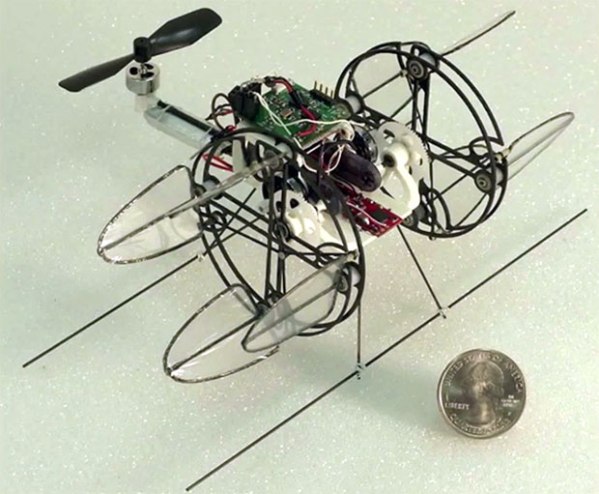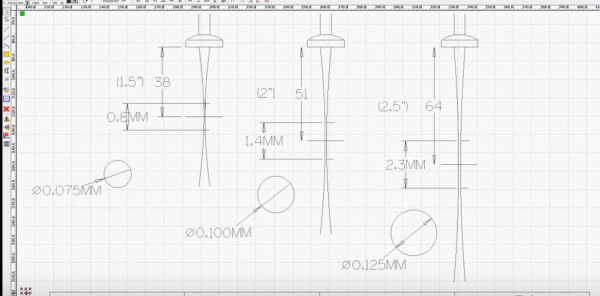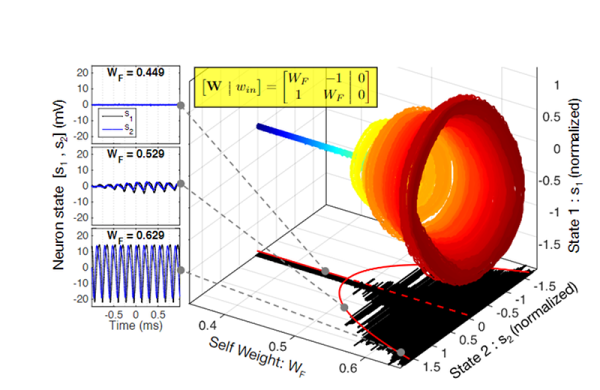Here’s a business plan for you, should you ever run into an old silicon fab sitting in a dumpster: build Commodore SID chips. The MOS 6581 and 8580 are synthesizers on a chip, famously used in the demoscene, and even today command prices of up to $40 USD per chip. There’s a market for this, and with the right process, this could conceivably be a viable business plan.
Finding a silicon fab in a dumpster is a longshot, but here’s the next best thing: an FPGASID project. The FPGASID is a project to re-create the now-unobtanium MOS 6581 found in the Commodore 64.
The Commodore SID chip has been out of production for a while now, and nearly every available SID chip has already been snapped up by people building MIDIbox SIDs, or by Elektron for their SidStation, which has been out of production for nearly a decade. There is a demand for SID chips, one that has been filled by “clones” or recreations using ATmegas, Propellers, and nearly every other microcontroller architecture available. While these clones can get the four voices of the SID right, there’s one universal problem: the SID had analog filters, and no two SIDs ever sounded alike.
From the audio samples available on the project page for the FPGASID, the filters might be a solved problem. The output from the FPGASID sounds a lot like the output from a vintage SID. Whether or not this is what everyone agrees a SID should sound like is another matter entirely, but this is the best attempt so far to drag the synth on a chip found in the Commodore 64 into modern times.
The files, firmware, and FPGA special sauce aren’t available yet, but the FPGASID is in alpha testing, with a proper release tentatively scheduled for early 2017. Maybe now it’s time to dig out those plans for the Uber MIDIbox, with octophonic SID goodness.


















